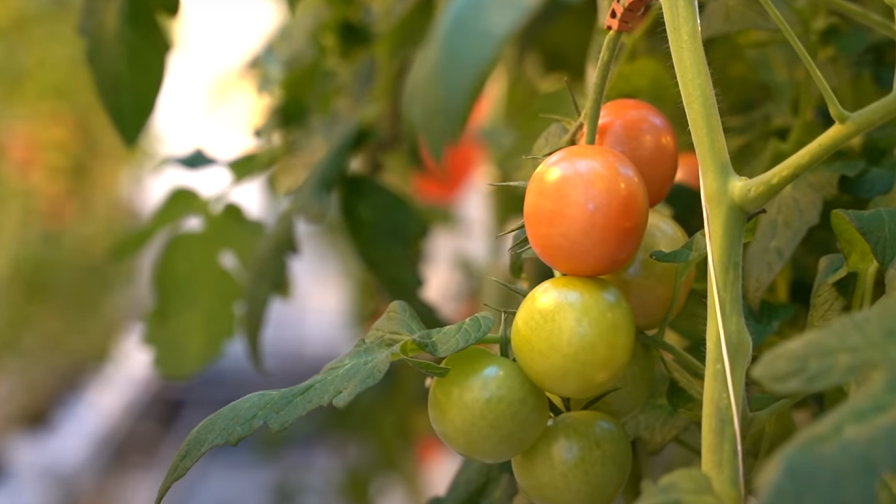New Model Predicts How Tomato Growing Strategy Affects Taste

Photo: Wageningen YouTube page
There are already models that can predict the production of greenhouse crops such as tomatoes. But while many of these models are based on crop quantity, fewer are focused on quality. To address this concern, the Greenhouse Horticulture and Flower Bulbs Business Unit of Wageningen University & Research (WUR) is developing a prediction model that calculates the effect of cultivation measures on crop quality attributes such as Brix content.
The taste of a tomato is determined by two things: the variety (i.e. the genetics) and the growing conditions. These cultivation conditions include CO2, temperature, PAR light (which is used by the crop for photosynthesis), and the EC content in the substrate. WUR is investigating whether a model can be developed that predicts taste.
WUR will first focus on the Brix content of a tomato (a measure of the content of total soluble solids, such as sugars). The aim is for the model to predict in which direction the Brix content will develop under certain cultivation measures. That information can then serve as decision support for the grower and help them decide whether or not to take certain measures.
A first version of the model was developed last year by researchers in crop physiology, product quality, and cultivation; validation was done through measurements in the research greenhouses of WUR. The researchers are initially focused on the Brix content in a standard tomato variety. In a later stage, the model may be further developed for other cultivars, other variables, and other outputs. WUR is still looking for partners for the next round of development.









